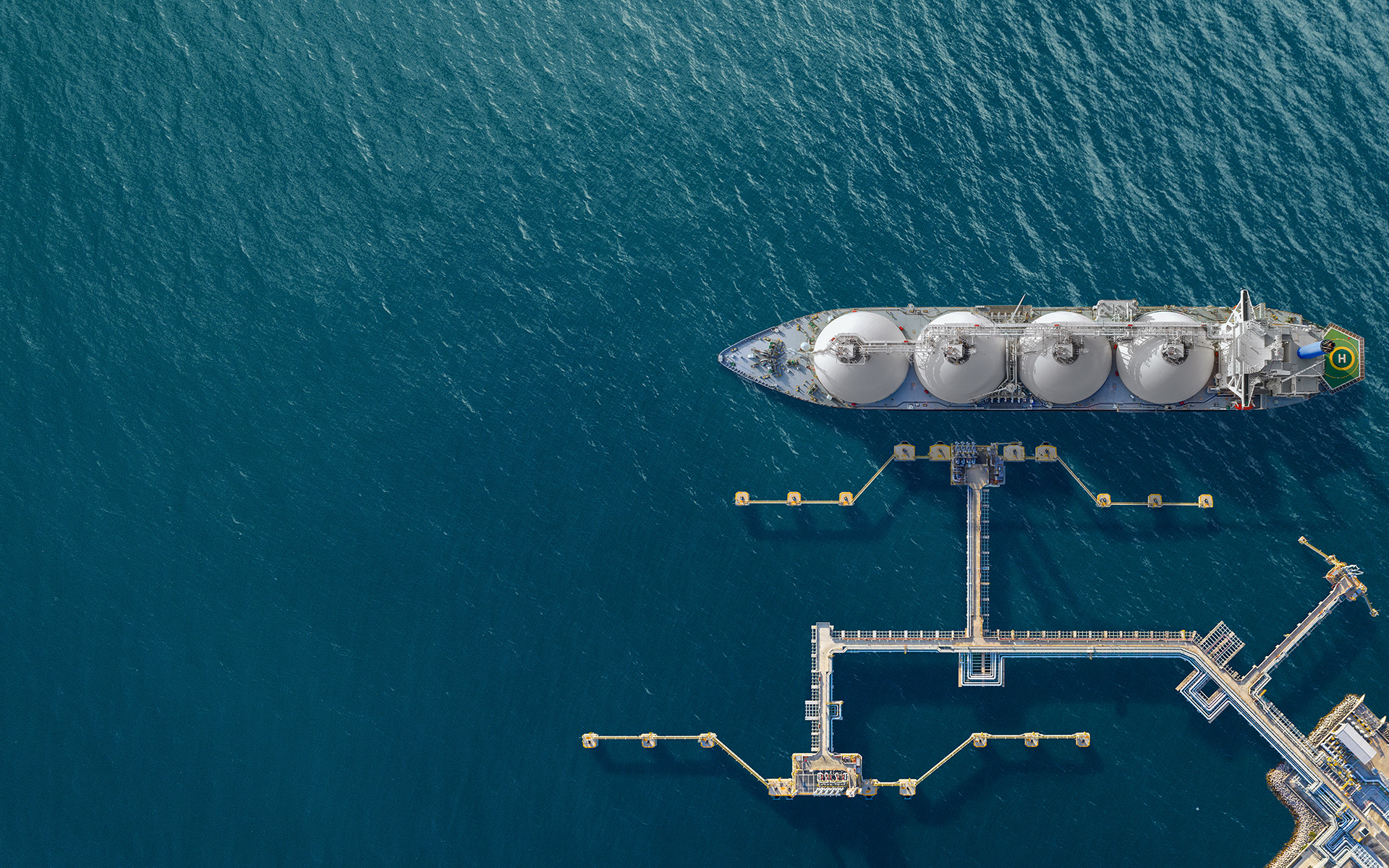
- Product : Liquefied Natural Gas
- Categories : Liquefied Gases
- Origin : Azerbaijan, Russia
- Loading Ports : Several options
- Acceptability :
Liquefied Natural Gas - LNG
Liquefied Natural Gas - LNG is a clear, colourless and non-toxic liquid which forms when natural gas is cooled to -162ºC (-260ºF). The cooling process shrinks the volume of the gas 600 times, making it easier and safer to store and ship. In its liquid state, LNG will not ignite.
When LNG reaches its destination, it is turned back into gas at regasification plants. It is then piped to homes, businesses and industries where it is burnt for heat or to generate electricity. LNG is now emerging as a cost-competitive and cleaner transport fuel, especially for shipping and heavy-duty road transport.
- Product : Liquefied Petroleum Gas
- Categories : Liquefied Gases
- Origin : Qatar, Russia
- Loading Ports : Several options
- Acceptability :
Liquefied Petroleum Gas - LPG
Liquefied petroleum gas (also called LPG, LP Gas, or autogas) is a mixture of hydrocarbon gases used as a fuel in heating appliances and vehicles, and increasingly replacing chlorofluorocarbons as an aerosol propellant and a refrigerant to reduce damage to the ozone layer.
LPG mixes may be primarily propane, primarily butane, or the more common mixes including both propane and butane, depending on the season. In winter more propane, in summer more butane. Propylene and butylenes are usually also present in small concentration. A powerful odorant, ethanethiol, is added so that leaks can be detected easily. The international standard is EN 589.
LPG is synthesised by refining petroleum or ‘wet’ natural gas, and is usually derived from fossil fuel sources, being manufactured during the refining of crude oil, or extracted from oil or gas streams as they emerge from the ground. LPG is considered a “clean fuel” as it burns cleanly with no soot and very few sulfur emissions, posing no ground or water pollution hazards. LPG has a typical specific calorific value of 46.1 MJ/kg compared to 42.5 MJ/kg for diesel and 43.5 MJ/kg for premium grade petrol (gasoline). However, its energy density per unit volume is lower than either petrol or diesel.
At normal temperatures and pressures, LPG will evaporate. Because of this, LPG is supplied in pressurised steel bottles. In order to allow for thermal expansion of the contained liquid, these bottles are not filled completely; typically, they are filled to between 80% and 85% of their capacity. The ratio between the volumes of the vaporised gas and the liquefied gas varies depending on composition, pressure and temperature, but is typically around 250:1. The pressure at which LPG becomes liquid, called its vapour pressure, likewise varies depending on composition and temperature.
